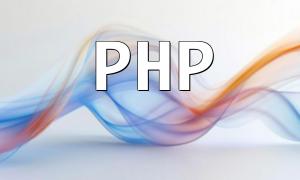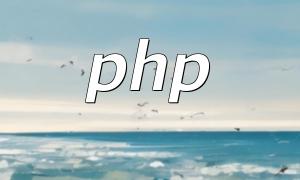Direct embedding is the most common method, where PHP code is written directly in an HTML file using <?php ?> tags. For example:
<!DOCTYPE html>
<html>
<head>
<title>Direct PHP Embedding Example</title>
</head>
<body>
<h1>Direct PHP Embedding Example</h1>
<?php
// PHP code block
$name = 'Alice';
echo 'Hello, ' . $name . '!';
?>
</body>
</html>This example outputs "Hello, Alice!" directly within the HTML file.
Another method is to include external PHP files, which makes the code easier to maintain and reuse. Example:
<?php // greeting.php $name = 'Bob'; echo 'Hello, ' . $name . '!'; ?>
In an HTML file, include this file using include or require:
<!DOCTYPE html>
<html>
<head>
<title>Include File Example</title>
</head>
<body>
<h1>Include File Example</h1>
<?php include 'greeting.php'; ?>
</body>
</html>This outputs "Hello, Bob!", demonstrating code reuse.
Besides direct embedding and including files, you can use PHP short tags to quickly output content:
<!DOCTYPE html>
<html>
<head>
<title>PHP Short Tag Example</title>
</head>
<body>
<h1>PHP Short Tag Example</h1>
<p></p>
</body>
</html>This method omits the echo statement, making the code cleaner and easier to read.
This article demonstrated three ways to embed PHP in HTML: direct embedding, including files, and using short tags. Mastering these methods can improve web development efficiency and enhance code maintainability and reusability.









